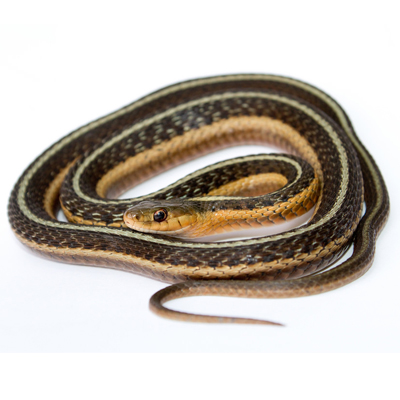
GARTER SNAKES
The common garter snake is indigenous to North America. Most garter snakes have a pattern of yellow stripes on a brown background and their average length is about 1 metre (3.3 ft) to 1.5 metres (4.9 ft).
Biology
In the early part of spring, usually March or April, when snakes are coming out of hibernation the males generally emerge first to be ready when the females wake up. Some males will assume the role of a female and lead other males away from the burrow, luring them with a fake female pheromone. After such a male has led rivals away, he “turns” back into a male and races back to the den, just as the females emerge. He is then the first to mate with all the females he can catch. There are generally far more males than females and that is why, during mating season, they form “mating balls,” where one or two females will be completely swamped by ten or more males. Sometimes a male snake will mate with a female before hibernation and the female will store the sperm internally until spring, when she will allow her eggs to be fertilized. If she mates again in the spring, the fall sperm will degenerate, and the spring sperm will fertilize her eggs. Females give birth to a litter of 12-15 live young any time from February through December.
The saliva of a garter snake may be toxic to amphibians and other small animals. For humans, a bite is not dangerous, though it may cause slight itching, burning, and/or swelling. Most garter snakes also secrete a foul-smelling fluid from postanal glands when handled or harmed.
Habits
The habitat of the garter snake ranges from forests, fields and prairies to streams, wetlands, meadows, marshes and ponds, and it is often found near water. It is a semi-aquatic animal like most snakes. It is found at altitudes from sea level to mountain locations. Their diet consists mainly of amphibians and earthworms, but also fish, small birds, toads and rodents. Garter snakes are effective at catching fish and small to medium tadpoles. Animals that eat the common garter snake include large fish (such as bass and catfish), bullfrogs, snapping turtles, milk snakes, hawks, common raccoon, foxes and domestic cats.
In summer, the garter snake is most active in the morning and late afternoon; in cooler seasons or climates, it restricts its activity to the warm afternoons. In warmer southern areas, the snake is active year-round; otherwise, it sleeps in common dens, sometimes in great numbers. On warm winter afternoons, some snakes have been observed emerging from hibernation to bask in the sun.
Control Methods
Removal of snakes begins with regular yard work. Plant bushes and shrubs away from the home and trim them back often to prevent surprise intrusions. Frequently mow the lawn to keep grass levels low. Garter snakes find refuge from predators as well as hunt for their next meal in high grasses.
Remove the snake’s food. Homeowners with mouse or insect problems may discover garter snakes as well. Have the home inspected for rodents.
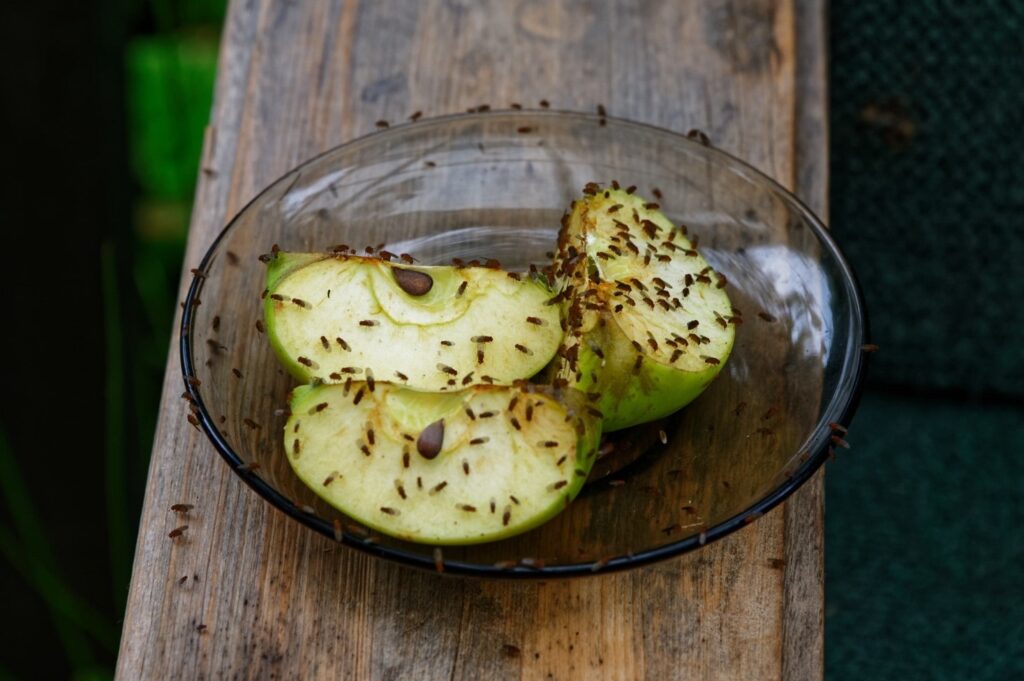
How to get rid of fruit flies in your house
Are you troubled by pesky fruit flies swarming your kitchen counter? Here’s a handy guide to clearing them out for good. Find the sources First, find and eliminate any potential source of your infestation. Decaying fruit is the fruit fly’s ideal breeding ground, but it’s not the only one. These clever critters can breed in…
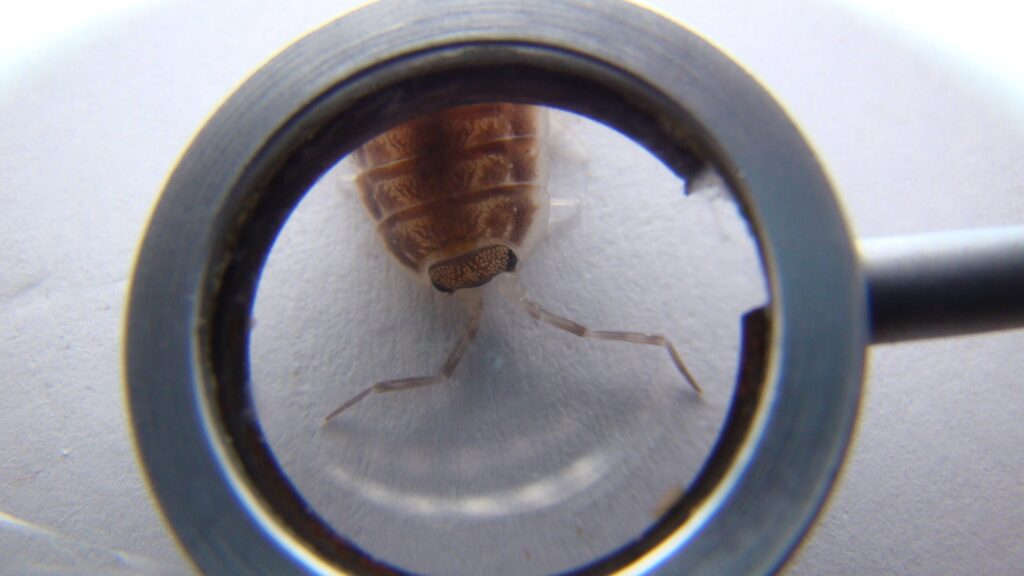
How to get rid of sowbugs in your house
Sowbugs, also known as woodlice, are isopod crustaceans, a relative to shrimp, krill and even barnacles. Sowbugs are often slate grey (but can be other colours) and have an oval body with ridges across their backs. They have seven pairs of legs, a couple of antennae and a pair of tails at the abdomen. They’re…
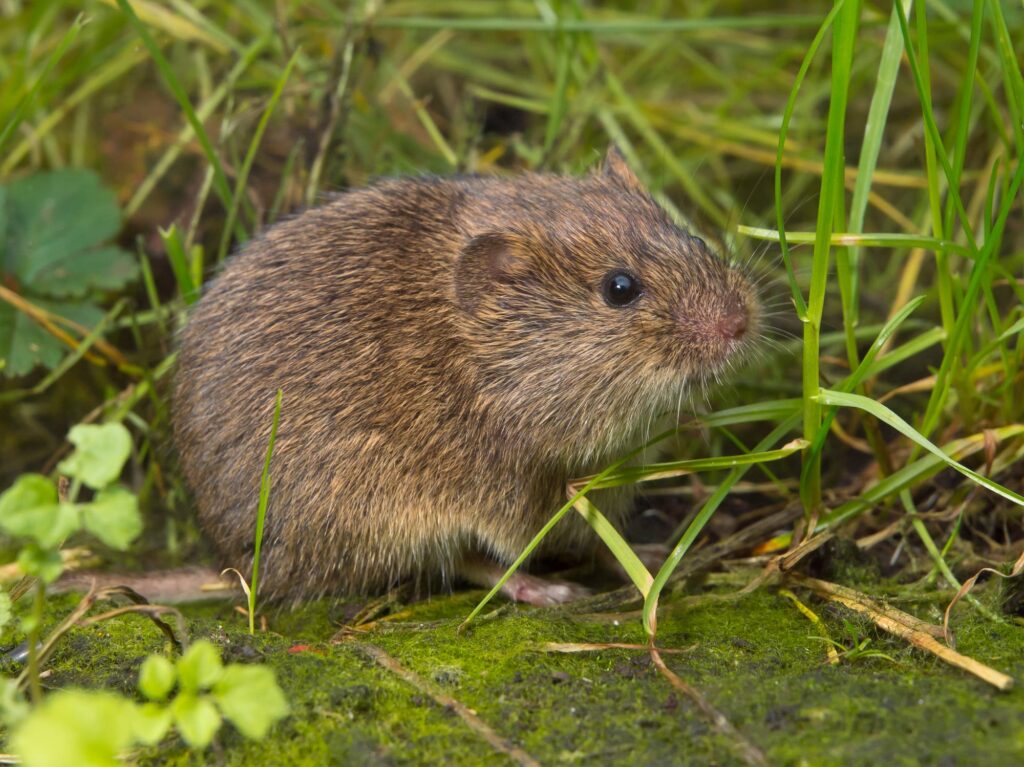
Gophers, voles and ground squirrels: when and how to get rid of burrowing rodents
Wondering what furry little critter has been digging through your garden or fields? To help you bring that damage under control, you need to figure out which burrowing rodent is responsible. Here’s a guide to help you determine which pest you’re dealing with and some effective commercial solutions. Gophers Canada has at least two different…
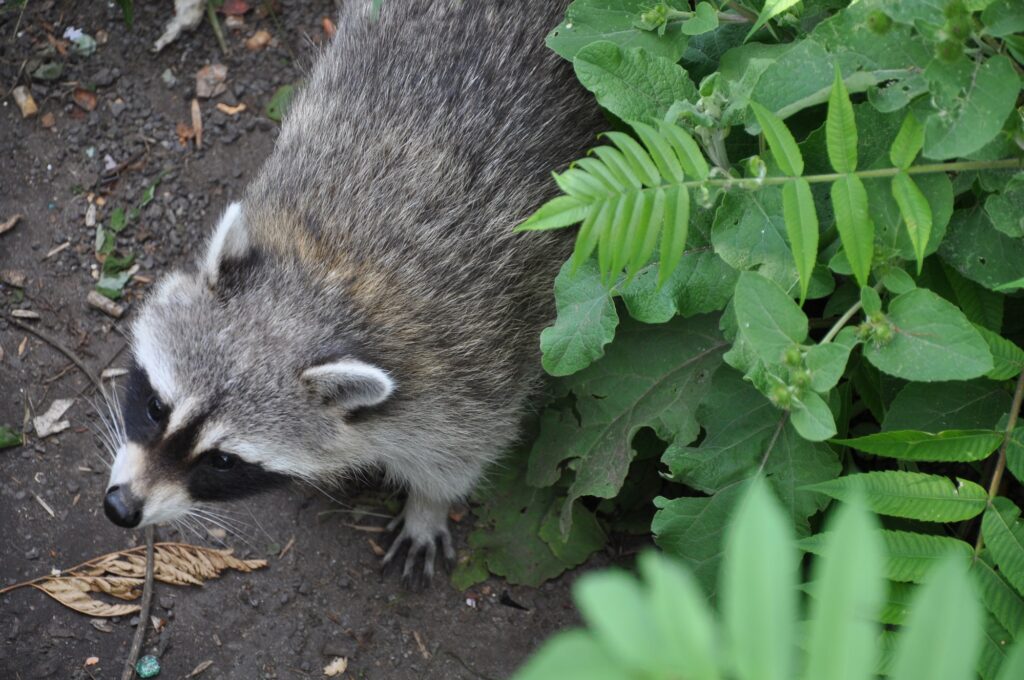
What’s digging up my yard? Skunks or raccoons?
Do you see signs of vandalism in your yard and suspect it to be the work of some furry culprits? Skunks and raccoons are particularly active in the fall when they’re bulking up for winter and in spring when they’re at their hungriest. Here’s a guide to help you determine what kind of pests you’re…

